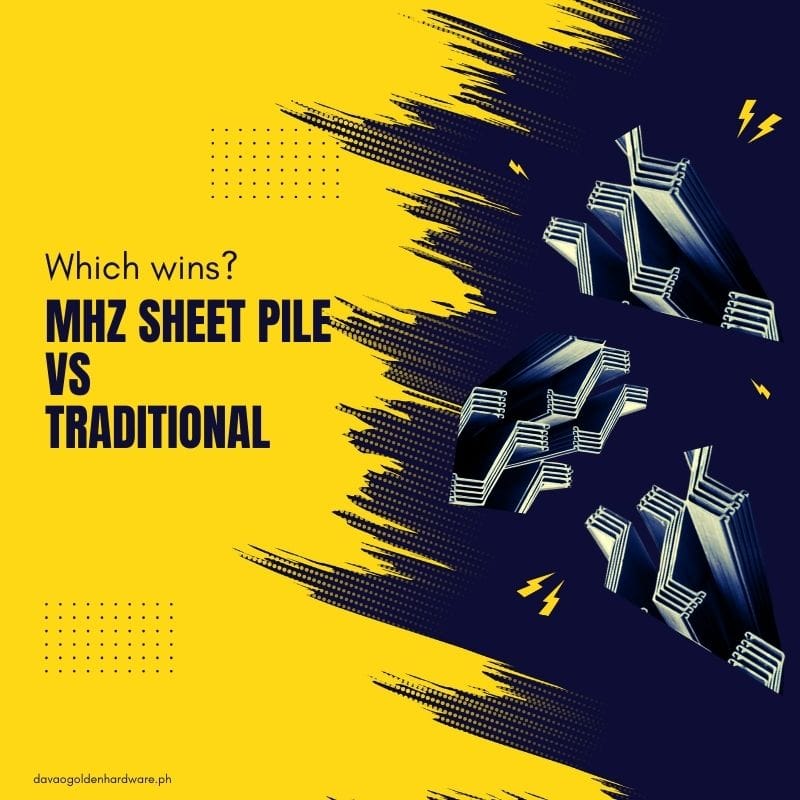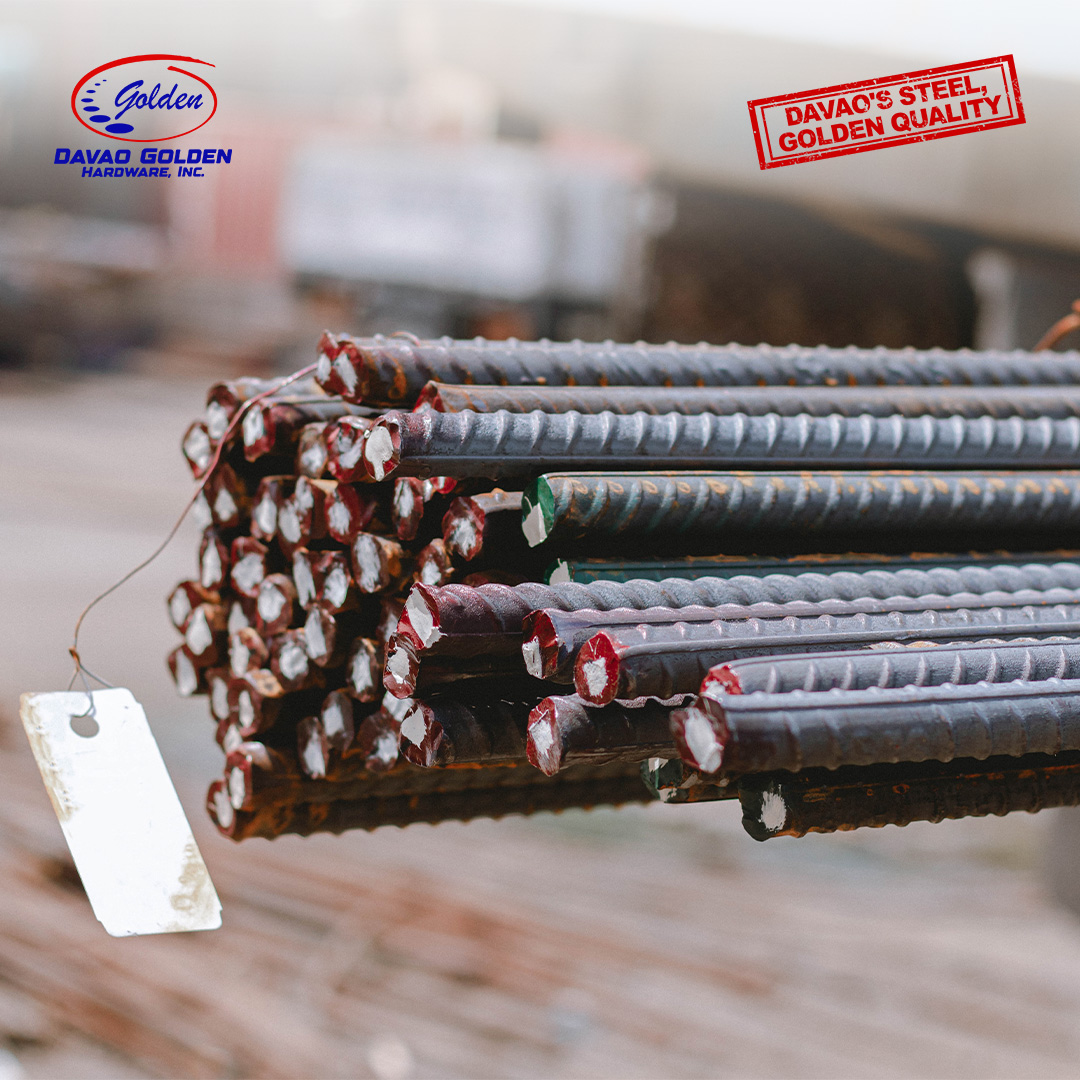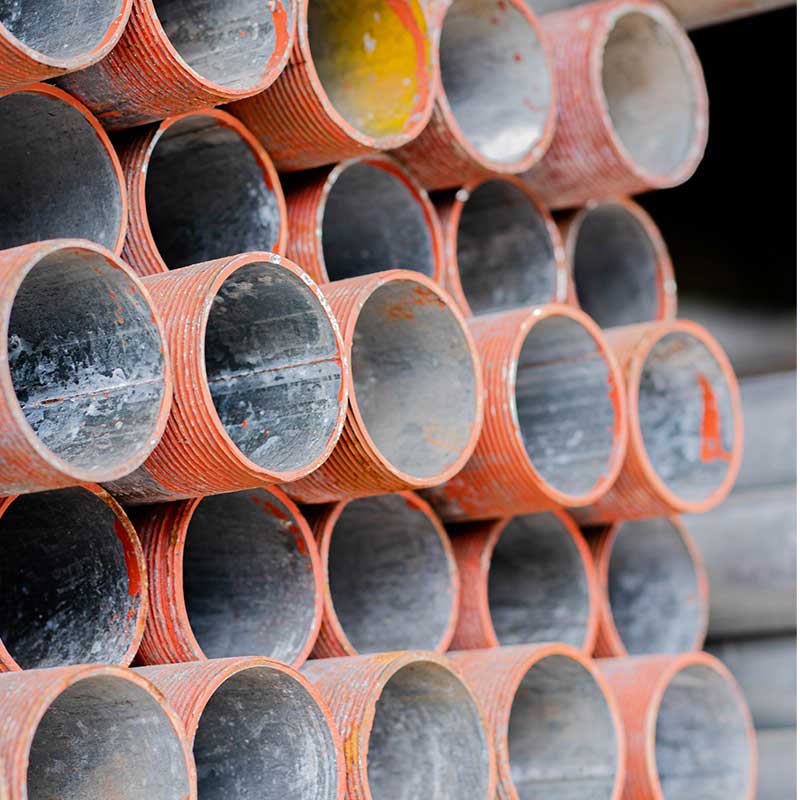
When planning construction projects that require sheet piling, choosing between MHZ sheet piles and traditional alternatives is a critical decision. This comprehensive comparison examines the key differences in performance, specifications, and value to help you determine which option best suits your project requirements. By comparing MHZ and traditional sheet piles, we can identify the optimal solution for various construction scenarios.
Structural Profile Differences
Before diving into performance comparisons, it’s important to understand the fundamental design differences between these sheet pile options:
MHZ Z-Type Profile
- Distinctive Z-shaped cross-section
- Optimized for maximum structural efficiency
- Superior interlocking system
- Enhanced lateral stability
Traditional Sheet Pile Profiles
- Typically U-shaped or straight web designs
- Conventional structural geometry
- Standard interlocking mechanisms
- Basic structural characteristics
Technical Specifications Comparison
According to the Department of Public Works and Highways (DPWH), several technical parameters significantly impact sheet pile performance:
Section Modulus
- MHZ Sheet Piles: 1200-3600 cm³/m
- Traditional Sheet Piles: 600-1800 cm³/m
Moment of Inertia
- MHZ Sheet Piles: 19,600-72,000 cm⁴/m
- Traditional Sheet Piles: 8,000-30,000 cm⁴/m
Material Quality
- MHZ Sheet Piles: High-grade S355GP/S430GP structural steel
- Traditional Sheet Piles: Standard-grade S240GP/S275GP steel
Dimensional Characteristics
- MHZ Sheet Piles: Optimized width-to-strength ratio
- Traditional Sheet Piles: Standard dimensional configurations
Performance Analysis
When comparing MHZ and traditional sheet piles, several performance factors are crucial for project success:
Structural Strength
- MHZ Sheet Piles: Superior load-bearing capacity and bending resistance
- Traditional Sheet Piles: Adequate for standard applications but limited in high-load scenarios
Installation Efficiency
- MHZ Sheet Piles: 40-60% faster installation due to advanced interlocking system
- Traditional Sheet Piles: Standard installation times with occasional alignment challenges
Durability and Lifespan
- MHZ Sheet Piles: 50+ years service life with minimal maintenance
- Traditional Sheet Piles: 25-35 years average lifespan with regular maintenance requirements
Application-Specific Comparisons
The Philippine Constructors Association notes that performance differences vary by application:
Retaining Walls
- MHZ Sheet Piles: Excellent for high walls with significant lateral loads
- Traditional Sheet Piles: Suitable for moderate height and standard load conditions
Marine Applications
- MHZ Sheet Piles: Superior corrosion resistance and wave force management
- Traditional Sheet Piles: Requires additional protection systems in marine environments
Deep Excavations
- MHZ Sheet Piles: Minimal deflection and excellent soil retention
- Traditional Sheet Piles: May require additional bracing for deeper excavations
Flood Control Systems
- MHZ Sheet Piles: Excellent water barrier properties and long-term stability
- Traditional Sheet Piles: Adequate for temporary or moderate water control applications
Cost-Effectiveness Analysis
Comparing MHZ and traditional sheet piles from a financial perspective reveals interesting insights:
Initial Investment
- MHZ Sheet Piles: Higher upfront material costs
- Traditional Sheet Piles: Lower initial procurement expenses
Installation Costs
- MHZ Sheet Piles: Reduced labor, equipment, and time requirements
- Traditional Sheet Piles: Standard installation expenses
Lifetime Value
- MHZ Sheet Piles: Lower maintenance costs and extended service life
- Traditional Sheet Piles: Higher maintenance requirements and earlier replacement needs
Return on Investment
- MHZ Sheet Piles: Better long-term value despite higher initial cost
- Traditional Sheet Piles: Lower upfront cost but higher lifetime expenses
Environmental Considerations
The Environmental Management Bureau highlights several sustainability differences:
Carbon Footprint
- MHZ Sheet Piles: More efficient material usage reduces overall carbon impact
- Traditional Sheet Piles: Less optimized designs require more material
Recyclability
- MHZ Sheet Piles: 100% recyclable with high salvage value
- Traditional Sheet Piles: Recyclable but potentially lower reclaimed value
Site Impact
- MHZ Sheet Piles: Faster installation reduces overall environmental disruption
- Traditional Sheet Piles: Longer installation periods extend site impacts
Making the Right Choice
When comparing MHZ and traditional sheet piles for your project, consider these key factors:
Project Requirements
- Load conditions and structural demands
- Installation timeline constraints
- Environmental considerations
- Budget parameters
Site-Specific Factors
- Soil conditions and water table
- Adjacent structures
- Access limitations
- Project duration
Conclusion
The comparison between MHZ and traditional sheet piles reveals significant differences in performance, specifications, and value. While MHZ sheet piles generally offer superior structural characteristics, faster installation, and better long-term durability, traditional options may still be suitable for less demanding applications or projects with tight initial budget constraints.
For projects where structural performance, installation efficiency, and lifetime value are priorities, MHZ sheet piles typically provide the better overall solution. However, each project should be evaluated individually, considering specific requirements and conditions to determine the optimal sheet pile solution.




